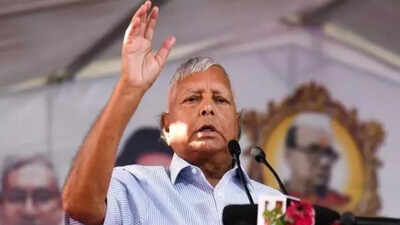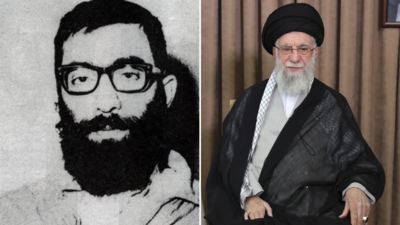From student visas to mugshots: Indian nationals convicted in US for fraud; Model minority tag takes rare hit

They arrived with passports, promises, and WhatsApp forwards about green cards and Trader Joe’s frozen samosas. But for three Indian students, the journey from international classroom to American dream took a criminal detour. Kishan Rajeshkumar Patel, 20, was sentenced this week to over five years in prison for conspiracy to commit money laundering. His co-accused, Dhruv Rajeshbhai Mangukiya, pleaded guilty and now awaits sentencing. Both targeted elderly Americans in a phone scam that impersonated IRS and federal officers, threatening victims with arrest. In a separate but near-identical case, Moinuddin Mohammed, another Indian student, was sentenced earlier this year to eight years for orchestrating a similar scheme that defrauded Americans.
How it worked: Call, scare, collect
The formula was alarmingly simple: cold calls to elderly citizens pretending to be from government agencies, terrifying them with fake legal threats, and coercing them to send large sums. Some victims handed over tens of thousands of dollars — others, even gold — to “agents” or mules. Patel’s scam defrauded at least 25 individuals with an intended loss of $2.7 million. Mohammed’s case, separately investigated, saw total losses nearing $6 million. Once collected, the money was quickly laundered through an international web of transfers. “These defendants used their visa status to participate in global fraud networks and preyed on some of our most vulnerable citizens,” said US attorney Justin Simmons.
One mugshot ≠ Whole story
The “model minority” stereotype was quickly flipped — student visa holders becoming fraudsters and threats. But the numbers tell a more grounded story. With over 270,000 Indian students currently in America, such criminal cases remain rare outliers.With crime now part of their Google legacy, these three join the small but visible list of immigrants whose shortcuts cost them their freedom and future.Meanwhile, most Indian students continue coding, chasing research deadlines, or working at McDonald’s — grinding it out the hard way.





